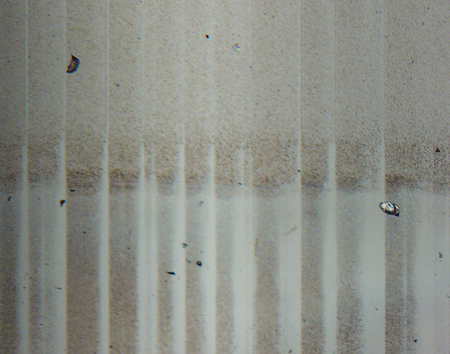XPS Analysis for Glass Delamination

XPS analysis can provide excellent results for the evaluation of glass surface stability/durability/chemistry, and results can easily fulfill the predictive testing criteria as described in USP <1660>, which includes these statements:
“Predictive tests should look for precursors that lead to delamination rather than flakes themselves, and should be able to quickly provide predictive indication of surface durability.”
“…the appearance of glass lamellae is a lagging indicator of structural instability.”
From this perspective, it is clear that results from multiple analytical methods are needed to resolve glass delamination problems: a technique such as SEM-EDS can help to visualize and characterize the presence of glass lamellae, and using XPS to analyze the surface chemistry of the containers and lamellae can lead to predictive indicators that point to the cause of the delamination.
Together, the combined data can better address some of the root issues that affect container surfaces. Do the factors of surface durability influence/produce one type of particle over the other: lamellae, or equant particles? Do multiple types show up in the same vial?
USP <1660> also references the phenomena of surface glass chemistry along with surface interactions and exchanges. XPS analysis provides this information more definitively than other wet chemistry techniques and thus allows conclusions to be drawn.
Traditional wet chemistry methods completely dissolve and consume the glass surface of interest in order to get what will hopefully be useful data moving forward. But XPS analysis examines the surface of the glass in real time, leaving the surface intact and undisturbed. XPS provides superior, non-destructive results that can be used to better understand the root cause and predictive indicators of a delamination problem.
We previously published “A Shallower Understanding of Glass Delamination Made Possible by X-Ray Photoelectron Spectroscopy (XPS).” We’d like to continue to provide worthwhile resources on glass delamination and related investigational analysis tools, but we need your help. Would you please complete a brief, two-minute survey?
We invite you to share the survey link with coworkers or colleagues concerned with glass delamination.
Thank you for your help!

Comments
add comment